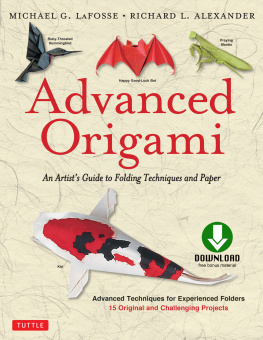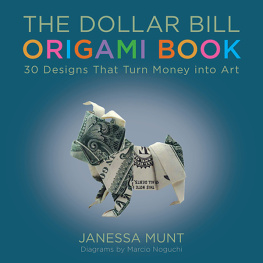Table of Contents
Guide
MARC KIRSCHENBAUM
Contents
Introduction
The pastime of money folding is one of the most widely
enjoyed forms of origami. It was first popularized by
magicians, who started incorporating it into their acts
in the 1950s. Audiences were amazed to see dollars
transformed into representations of everyday objects.
Origami is not just a spectator sportmillions of
people enjoy participating in the process of turning
paper into art. Paper money is made from high quality
cotton-based material, adding extra enjoyment to the
tactile experience of folding it.
A bit of moisture will help your models keep their shape.
Simply moistening your fingers while folding will soften
the paper fibers. Once dry, the fibers will remember
their new form. To treat thickly-layered areas, bind your
model with masking tape or twist ties and use a spray
bottle to lightly dampen the paper. Use a fan to expedite
the drying process before removing the bindings.
These models are designed to be as easy to fold as
possible. Most of the folds are simple-to-intermediate
level in difficulty, and all of the sequences are streamlined.
Youll get plenty of practice folding these models by
fielding all the requests for them from your friends.
Have fun folding!
Key to the Folding Symbols
Crease line
Repeat behind
Push or pull
Blow air
to inflate
Fold in front
Fold behind
Fold and
unfold
Turn the
paper over
Inside-reverse fold
Outside-reverse fold
Pleat
Squash
Butterfly
The butterfly is arguably the most delicate of insects and one
of the few whose presence is welcomed. There are numerous
varieties of butterfly wing patterns, but perhaps none as
unique as this one that sports the markings of a dollar bill!
Precrease
in half.
Precrease
the corners.
Valley fold
to the creases.
Valley fold the edges
to the center crease.
Turn the
paper over.
Valley fold the edges to the
center crease, allowing the flaps
to swing forward from behind.
Turn the
paper over.
Inside-reverse fold
the four corners.
Valley fold the
indicated edges.
Turn the
paper over.
Form a pleat along
the suggested reference.
The completed
Butterfly.
Mouse
Mice are no longer relegated to a furtive existence
in farmhouses and laboratory settingstheir
cuteness has won them a place as house
hold pets. This dollar bill mouse is
posed with its head pointed
proudly up in recognition
of that promotion
in status!
Valley fold the corners
to the center at the left and
mountain fold at the right.
Precrease in
half both ways.
Valley fold the
sides to the center.
Valley fold along
the existing crease.
Valley fold along the
mark, swinging the flap
out from behind.
Form a small pleat.
Mountain fold the
protruding corners behind.
Valley fold the
corners outward.
Valley fold the tip in.
Mountain fold in half.
Raise the ears and
pleat the tail. Rotate
the model slightly.
The completed
Mouse.
Elephant
Sporting an elongated trunk, large ears and a stout
body, the elephant is one of the most sensational animals
in existence today. Its unique attributes have made the large
gray animal a favorite subject with origami artists, and this
dollar bill version emphasizes those striking features.
Precrease in half.
Valley fold in half.
Valley fold the
corners to the center.
Valley fold
to the center.
Valley fold to the inter
section indicated by the
dot, allowing the flap to
swing forward from behind.
Turn the
paper over.
Mountain fold
the corners inside.
Valley fold in half,
tucking the right edge
under the left flap.
Form a shallow inside
reverse fold. Part of the fold
is hidden.
Mountain
fold in half.
Valley fold the
edges over at each side
while squash folding
the top corners.
Inside-reverse
fold down.
Inside-reverse
fold up.
The completed
Elephant.
Giraffe
Making an origami giraffe is a tall
order with its tricky proportions.
This one has shorter legs, so
the focus is on the long
neck. With a little
tweaking, your
dollar origami
giraffe will
stand!
Precrease in half and
along the top diagonals.
Fold the top down
while inside-reverse
folding the sides.
Valley fold one flap
over so that its top
edge lies horizontally.
Form a pleat where the
valley fold aligns with edge A.
Swing the flap
back out.
Valley fold the flap up
so it hits the imaginary
intersection indicated with
the dot. Allow the hidden
layers to squash flat.
Note how the flaps on
the right intersect to form
an imaginary square. Squash
the left flap up to mirror.
Valley fold the
corners to the center.
Valley fold the left
side in and precrease at
the right. The edges will
not meet at the center.
Form a shallow pleat.
Valley fold the sections
on the right back in, allowing
the pleated area to squash flat.
Valley fold in half, tucking
the edge into the pocket.
The
completed
Giraffe.
Inside-reverse
fold the tip of the
flap. Rotate the
model. Spread
the legs slightly
so it will stand.
Bunny
Bunnies are popular in folklore
for their perceived innocence,
which is incongruent with
their promiscuous
reputation. This dollar
bill model focuses
on their prominent
long ears. See if
you can make
your money
multiply!
Precrease in half horizontally and vertically.
Valley fold to the center crease and unfold.
Mountain fold starting from the intersection
indicated by the dot.
Valley fold the sides to the center.
Precrease along the
angle bisectors. Turn
the paper over.
Inside-reverse fold
along the angle bisectors.
Fold the top down
while inside-reverse
folding the side flap.
Inside-reverse
fold the top corner.
Valley fold the sides
along the angle bisectors.
Rotate
the top section.
Inside-reverse
fold the corner out.
Mountain
fold the corners to
form a tail. Valley
fold the top flaps
up to form ears.
Valley fold
the side flaps over.
Mountain fold
the indicated corners.
The completed
Bunny.
Dog
Dogs have coexisted with humans for untold millennia,
and they are often regarded as an integral part of the
human family. This relationship is reflected in my dollar
bill version, which has cuteness
to spareand with some
coaxing you can
even get it to

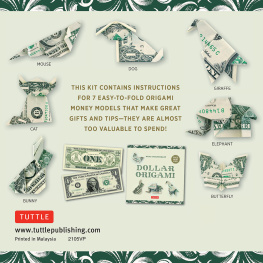
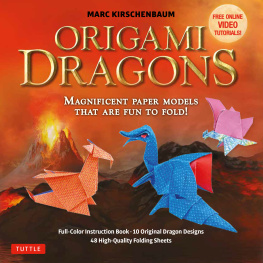
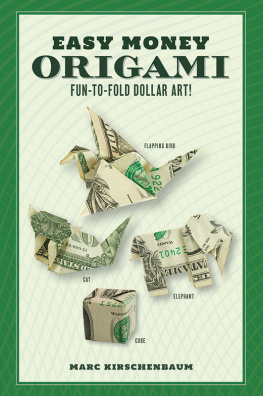
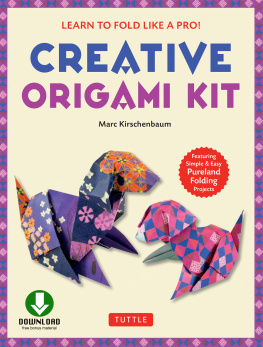
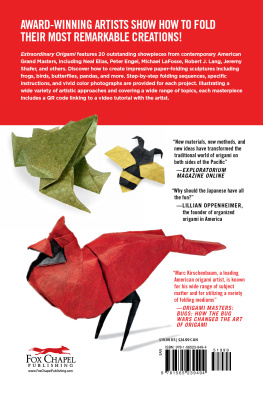
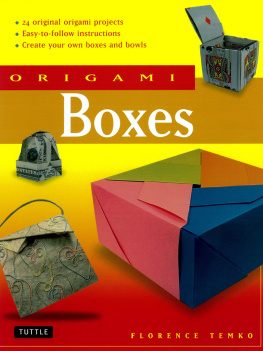
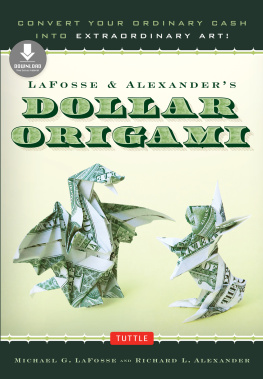
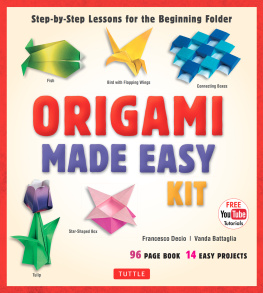

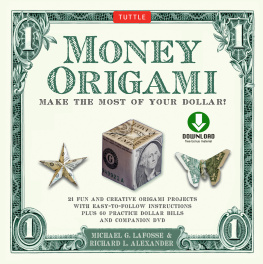
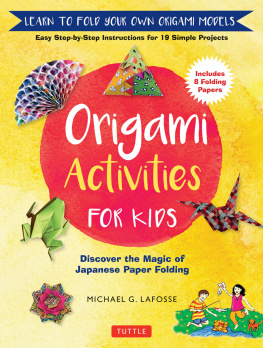
![Kimura Yoshihisa [木村良寿] - Origami Animal Boxes Kit: Cute Paper Models with Secret Compartments!](/uploads/posts/book/306557/thumbs/kimura-yoshihisa-origami-animal.jpg)
